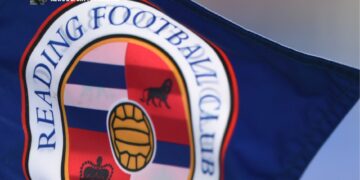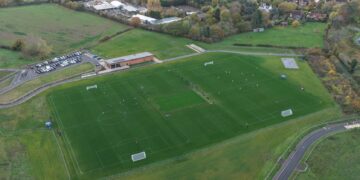WEATHER forecasters in the USA have enlisted the support of mathematicians in Reading to help improve the accuracy of forecasts.
A $6.6 million (£5.1 million) project will establish the Consortium for Advanced Data Assimilation Research and Education, or CADRE.
Funded by the National Oceanic and Atmospheric Administration, it will use enhanced numerical weather prediction tools for forecasting, led by the University of Oklahoma.
It will see PhD and postdoctoral researchers in the USA will work with colleagues from the University of Reading’s Data Assimilation Research Centre.
Together they will develop new methods of collecting and understanding data to address “serious gaps” in the workforce and research innovation in the field.
UoR will also work with a number of other universities as well as the National Centre for Earth Observation and the Met Office to create a Transatlantic Data Science Academy.
The academy will help to develop skills and careers in weather and climate data science in an effort to diversify and strengthen the workforce.
Professor Sarah Dance, of the University of Reading’s School of Mathematical, Physical and Computational Science and co-director of DARC, said: “We are delighted that NOAA has funded a data assimilation research consortium.”
She explained that it will: “carry out exchanges with the University of Reading, and are looking forward to new collaborations with our US colleagues.
“Weather forecasting today is better than ever before, but with new machine learning techniques we can make the computer models that predict weather even more accurate. Better weather forecasting will help us predict hazardous events including, storms, high winds, floods, droughts and heatwaves more accurately.
“With climate change, these events are expected to become more frequent and severe, so better predictions are critical to help protect lives and livelihoods.”
Professor Amos Lawless, of the same department and also co-director of DARC, said: “The UK spends more than £50 million on satellites and their data each year for weather forecasting.
“Research in data assimilation is fundamental if we are to make the best use of new observations from satellites and other instruments to improve weather forecasts.
“By combining weather observations with models, we can create better starting points for forecasts and solve physical and mathematical equations to predict how weather changes over time.
He explained: “However, there are big challenges to improving this process due to the complexity of the models and the large amount of data involved.”























